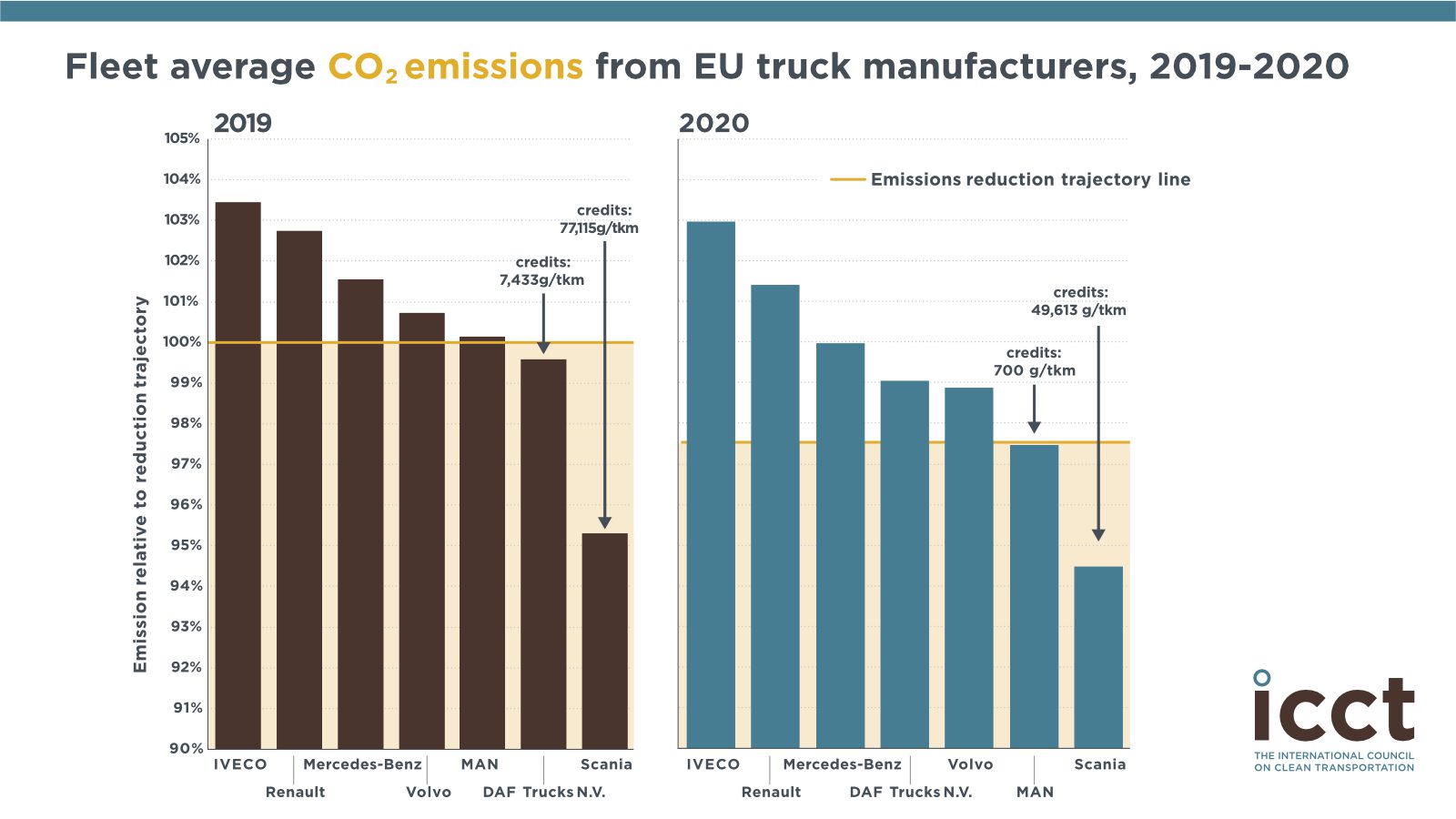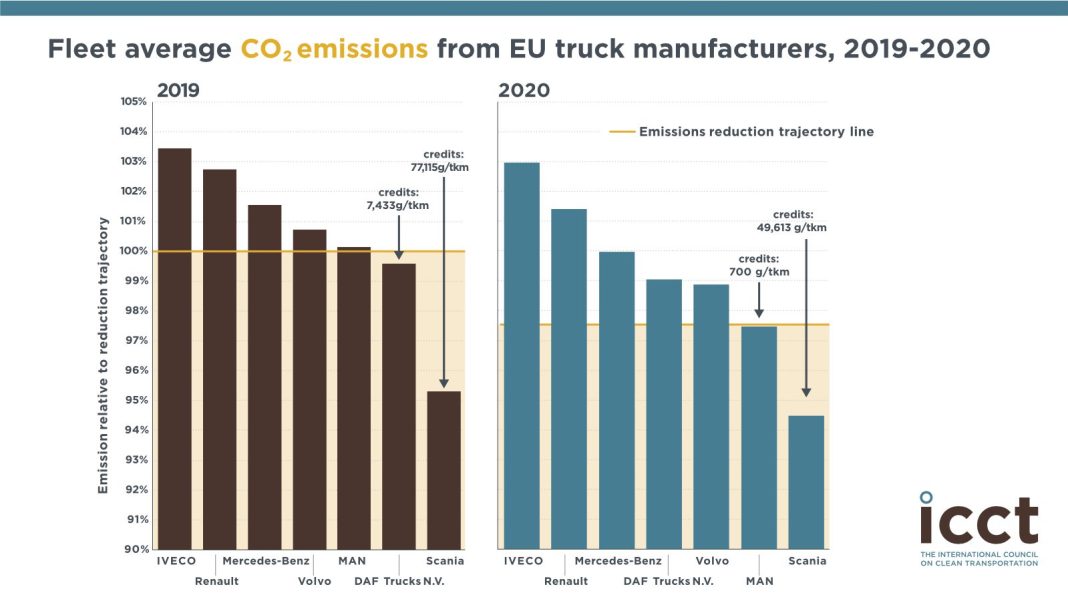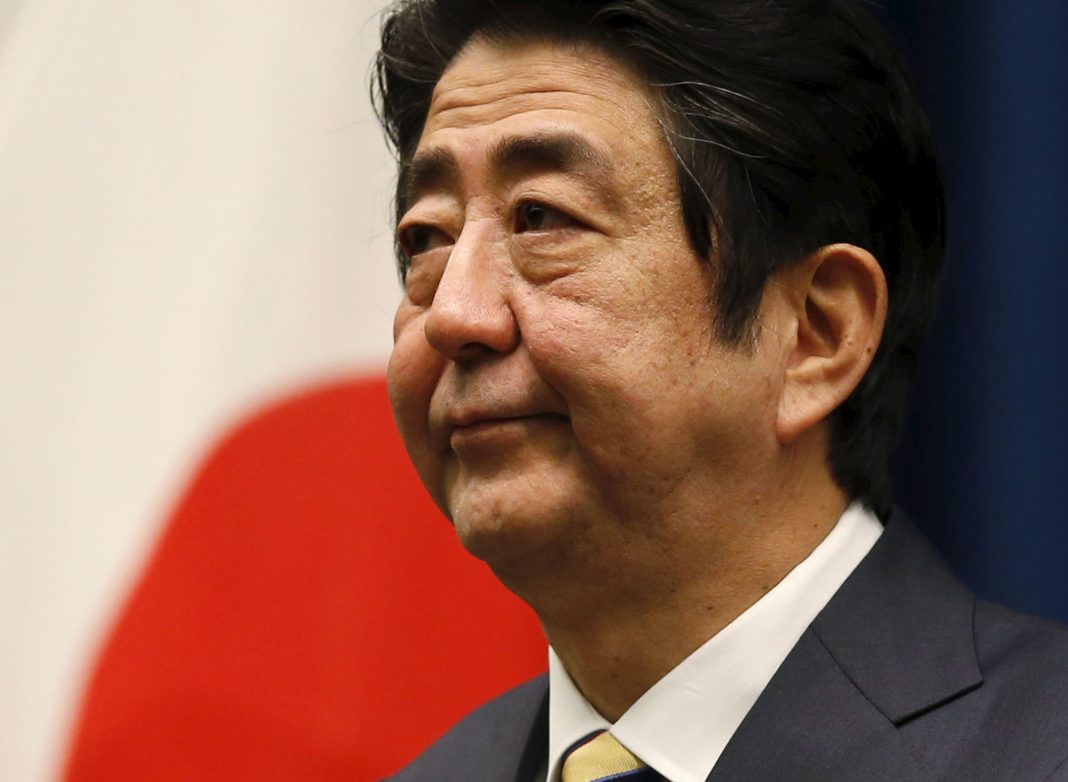 The United States is following Europe’s lead in implementing cap-and-trade regimes to reduce CO2 emissions, but the country’s approach is divided between Democrat-run states that have passed cap-and-trade mandates and Republican-run states that show no intention of doing so. In the middle are swing states that have entered and exited cap-and-trade pacts depending on which party holds power.
The United States is following Europe’s lead in implementing cap-and-trade regimes to reduce CO2 emissions, but the country’s approach is divided between Democrat-run states that have passed cap-and-trade mandates and Republican-run states that show no intention of doing so. In the middle are swing states that have entered and exited cap-and-trade pacts depending on which party holds power.
Cap-and-trade is seen as an alternative method to reduce fossil fuel use by setting caps on CO2 emissions and allowing companies to purchase credits or invest in projects to offset their emissions. The market currency for cap-and-trade is called an “allowance,” valued in tons of emitted CO2. Currently, prices are below $10 per ton, but experts suggest that pricing between $50-$100 per ton is needed to meet the goals of the Paris Climate Accords.
Advocates argue that cap-and-trade is a market-based solution to fight global warming. They believe that setting a cap on emissions guarantees environmental results, while trading allows for the cheapest way to achieve those results. However, critics argue that it essentially becomes a tax on energy that is passed on to consumers and benefits insiders more than the environment.
An entire industry has emerged around carbon pricing regimes, with stock exchanges competing to become financial centers for carbon trading and financial firms seeking to profit from this new currency. Accountants, consultants, and companies involved in renewable energy projects also benefit from carbon-offset payments.
Europe led the way in instituting cap-and-trade through the European Union Emissions Trading System (EU ETS) in 2005, resulting in a 37% reduction in industrial emissions. The Obama administration attempted to implement a nationwide cap-and-trade system but faced opposition due to concerns of increased costs for consumers. Since then, Democrats have successfully implemented cap-and-trade mandates at the state level.
Several states, including Connecticut, Delaware, Maine, New Hampshire, New Jersey, New York, Vermont, Massachusetts, Rhode Island, and Maryland, launched the Regional Greenhouse Gas Initiative (RGGI), a cap-and-trade pact that expanded to include a dozen states in the northeast and Mid-Atlantic region. California also enacted its own cap-and-trade regime in 2012 and has seen significant results, with $28 billion in climate-related investments over the past decade.
In 2021, Washington State established its own cap-and-trade program called “cap-and-invest” through the Climate Commitment Act. The state conducts auctions of CO2 allowances that emitters must purchase if they exceed emissions caps. The revenue raised from the sale of allowances is invested in projects that help achieve state climate change goals.
The billions of dollars raised through cap-and-trade programs in the United States can be used for various causes, often with a social justice component, depending on state laws. However, conservatives in states like Virginia and Pennsylvania have fought against participating in cap-and-trade programs, citing increased costs for ratepayers and potential disadvantages for businesses. Efforts to withdraw from or rejoin cap-and-trade pacts have sparked legal battles and public referendums.
Despite the ongoing debates and varying opinions, cap-and-trade remains a significant tool in the fight against climate change. It offers a market-based approach to reduce emissions and fund projects that address climate-related challenges. However, careful consideration must be given to the potential impacts on consumers and businesses to ensure a fair and effective implementation.


